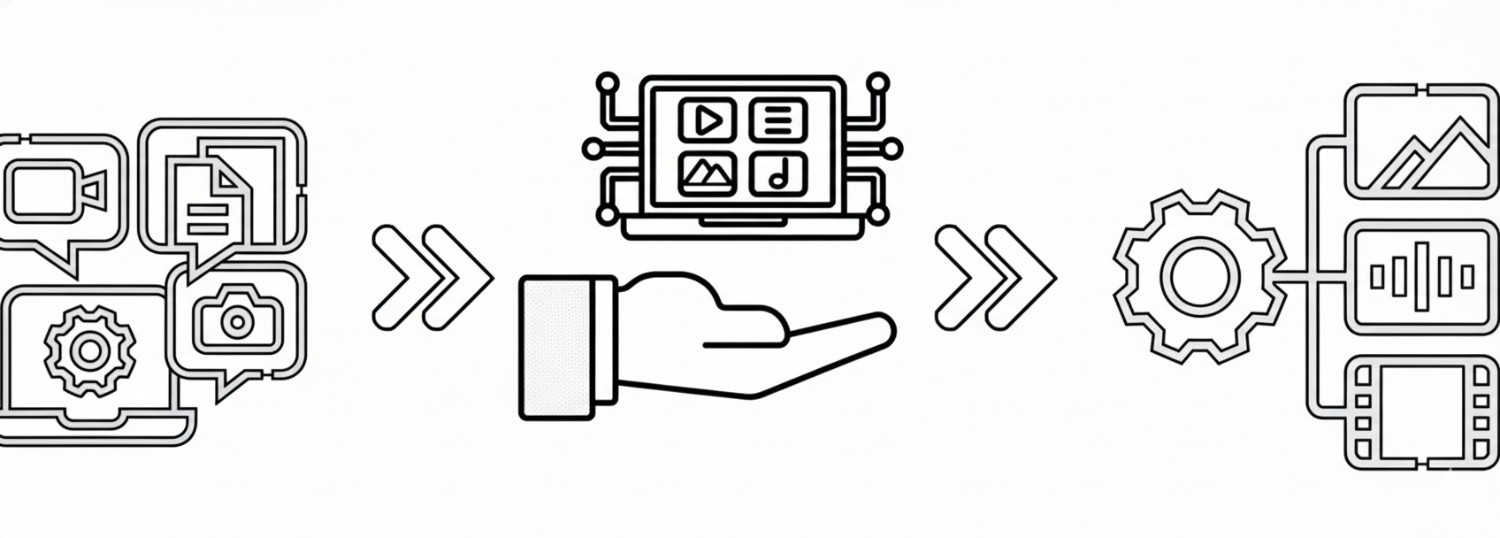Navigating the landscape of PIM tools can be overwhelming. We guide you in selecting the right technologies that suit your specific needs and budget. Our experts evaluate options based on features, scalability, integration capabilities, and cost, ensuring you make informed choices.
At Ingwa Labs, our Enterprise Architecture services are designed to empower organizations through comprehensive business design, architecture, and infrastructure solutions. Our mission is to seamlessly integrate digital transformation into your internal capabilities, providing a vendor-neutral perspective, a global network of technology experts, and innovative solutions tailored to your needs. We help you build a scalable, future-ready technology foundation that accelerates growth and supports long-term strategic objectives.
We design and implement tailored PIM services that align with your business objectives. Our team collaborates closely with you to understand your unique challenges, creating a customized architecture that addresses these needs effectively.
Our implementation services ensure that your PIM system is set up precisely to your specifications. From data import and workflow setup to system configuration, we optimize your PIM for seamless operation and performance.
Integration is key to maintaining data consistency across platforms. We connect your PIM system with other essential systems such as ERP, CRM, and e-commerce platforms, ensuring real-time data synchronization and improved operational efficiency.
To ensure the reliability and effectiveness of your PIM system, we conduct thorough testing. Our quality assurance processes verify that the system meets all functional requirements and industry standards, providing peace of mind and confidence in your data management.
Product Information Management (PIM) is crucial for manufacturers who deal with extensive product data. Centralize all product specs, pricing, and inventory details in one global system of record. This ensures
Manage and validate product information to reduce errors and discrepancies.
Streamline processes with automated PIM software to cut down on manual efforts, saving time and speeding up time-to-market.
Bring together product data from multiple sources, cleansing and mapping it into a unified, reliable resource.
Retailers benefit from PIM by managing product catalogs more efficiently
Provide consistent and detailed product information across online and offline channels.
Track stock levels, product variations, and pricing with ease.
Collaborate across your commerce ecosystem in a central system of work, integrating data from various internal and external systems.
Direct-to-Consumer (D2C) brands can use PIM to improve their brand presence
Ensure a consistent and engaging brand story across all touchpoints.
Use detailed product data to tailor offers and recommendations.
Manage and enrich product data efficiently, ensuring compliance and accuracy.
Etailers, or online retailers, need PIM to manage and share product info effectively
Manage product data across various online platforms from a single system.
Provide accurate, attractive product descriptions and images.
Seamlessly share data across channels to boost speed, efficiency, and user experience.

While PIM focuses on product data, Digital Asset Management (DAM) and Syndication complement it by handling media assets and distributing content.